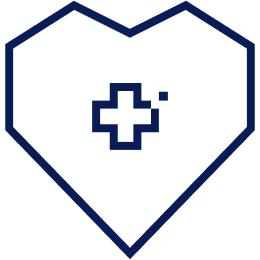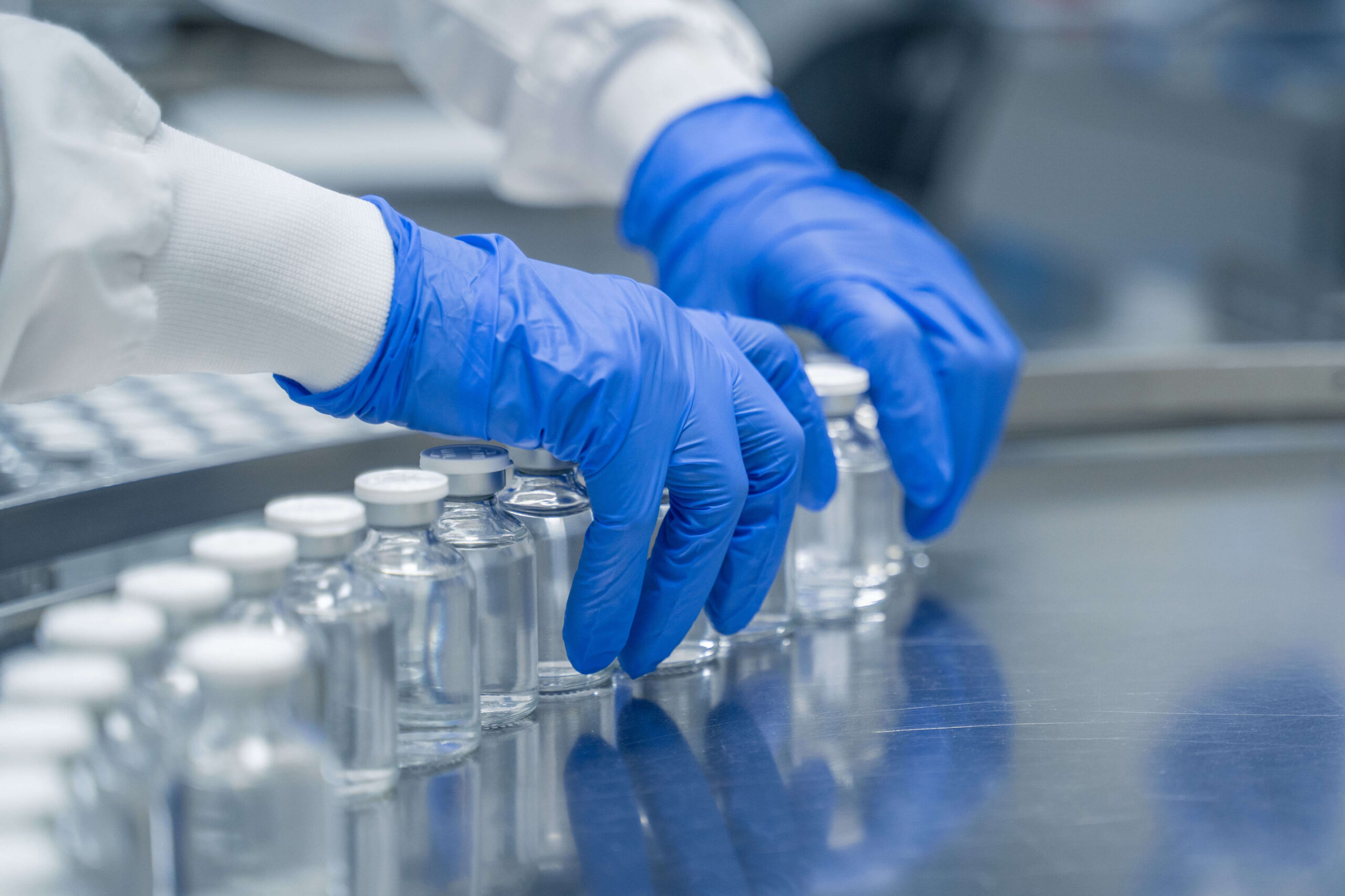
Prevention
Medicines and Vaccines Help Prevent Disease and More Expensive Health Care
We have innovative ways to prevent and slow hundreds of diseases. Medicines also help curb U.S. spending on untreated chronic disease and protect patients from worse outcomes and costlier health care services.
Medicines provide significant value in health care
Over the past 25 years, biopharmaceutical innovation has delivered unmatched value — not just for Americans but for the entire health care system. Medicines can help prevent the hundreds of billions of dollars that the U.S. spends each year on untreated chronic diseases by helping patients avoid expensive hospital stays, caregiver costs and other, costlier health care services.
From 1990 to 2015, medicines drove nearly fourteen times the impact on life expectancy compared to other kinds of medical care.
Medicines are part of the solution
Changing the trajectory of disease, by focusing more on prevention and halting disease spread, is key to improving the health of all Americans.
Our Work in Action
To maintain America’s global leadership, we need to support the next generation of innovation in medicine.







